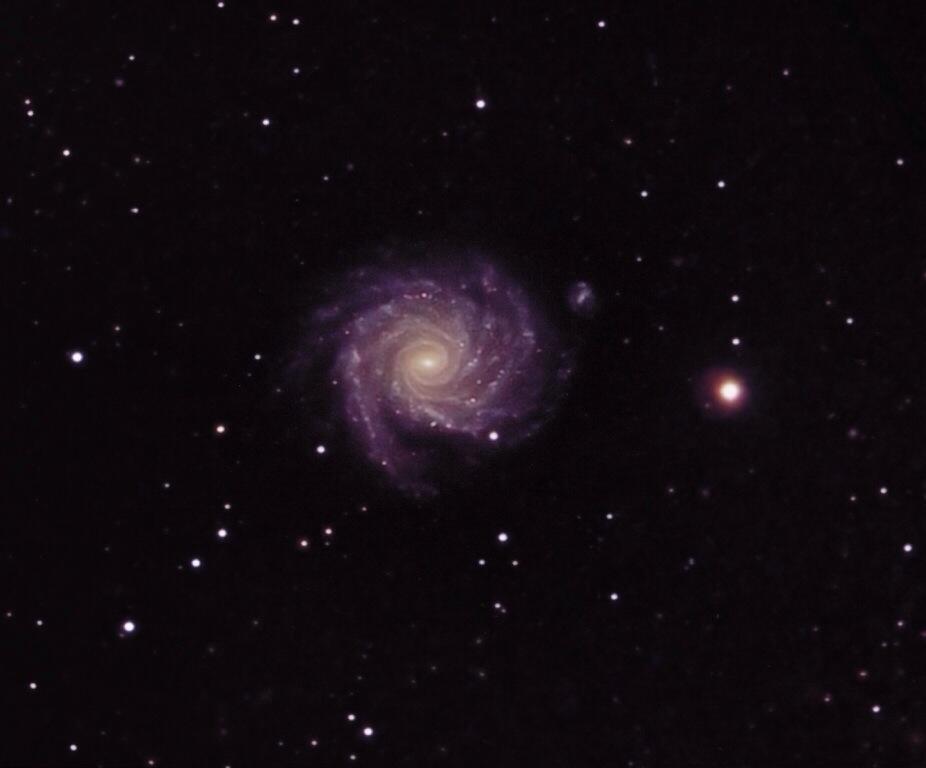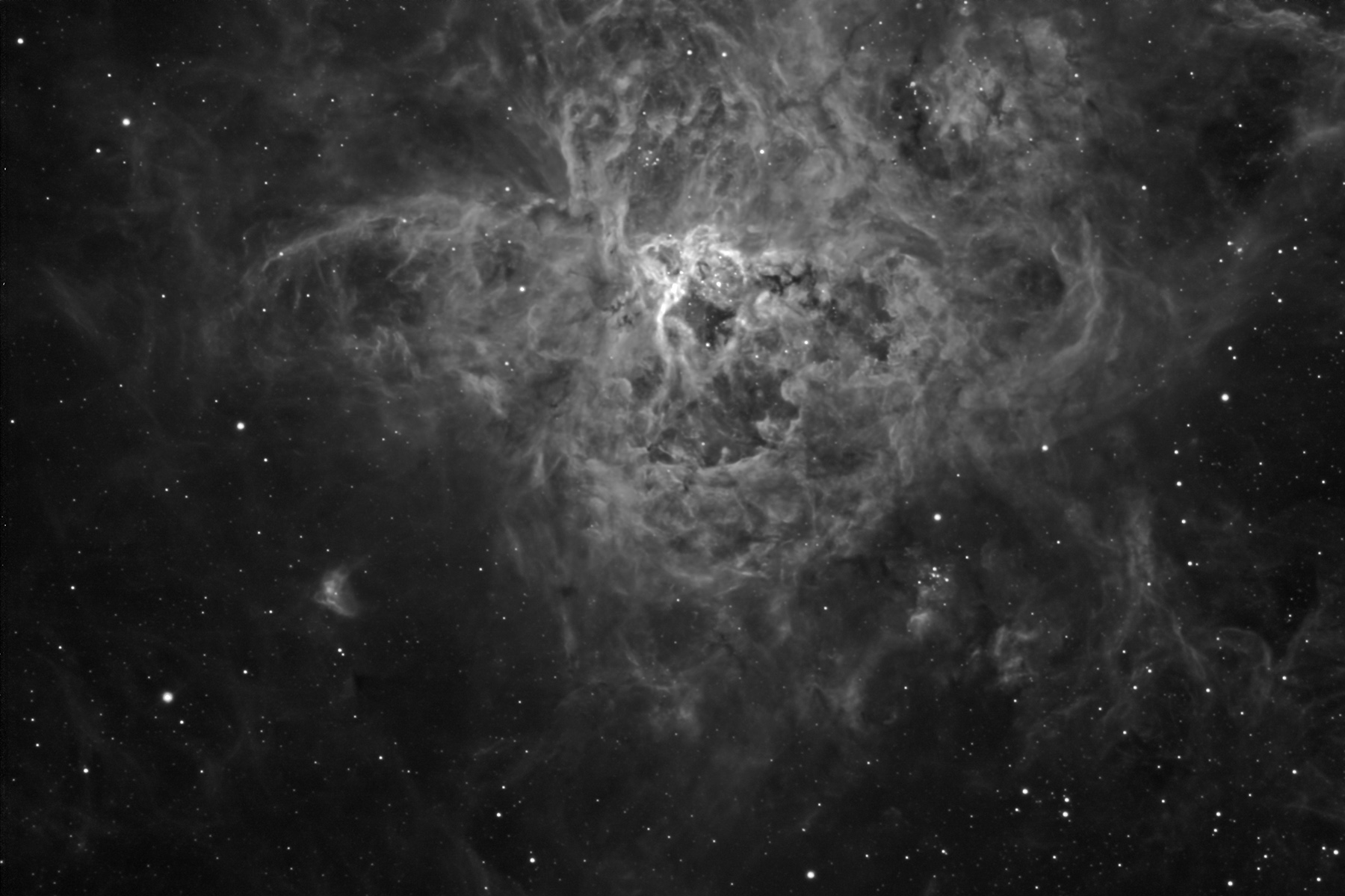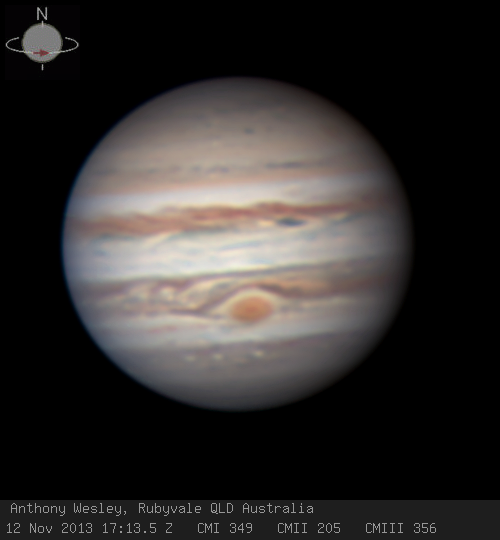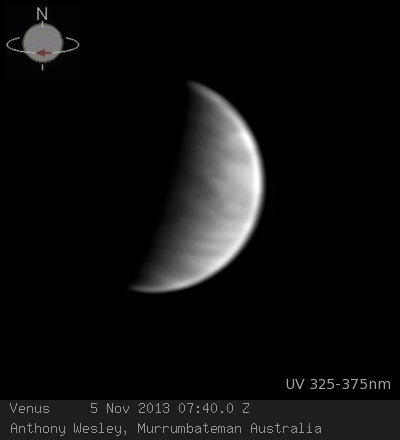 |
| Flame Nebula NGC 2024 and Horsehead Nebula IC 434 |
First posted on Jonathan's blog, and reposted here with permission.
Peter's photo of M41 brought back memories of when I first started out with Astronomy.
It was 1986, I was 19, and we all had Halley fever ... I had my first job, and my first scope soon followed: a Vixen 5" f/5 Newtonian on a very simple GEM mount. I used to run into M41 while looking at Sirius—the unexpected ones are always better I even tried some astrophotography with my dad's old SLR (no 'D')—somewhere I have some pink smudges that were my proud attempts at M42 and Eta Carina.












